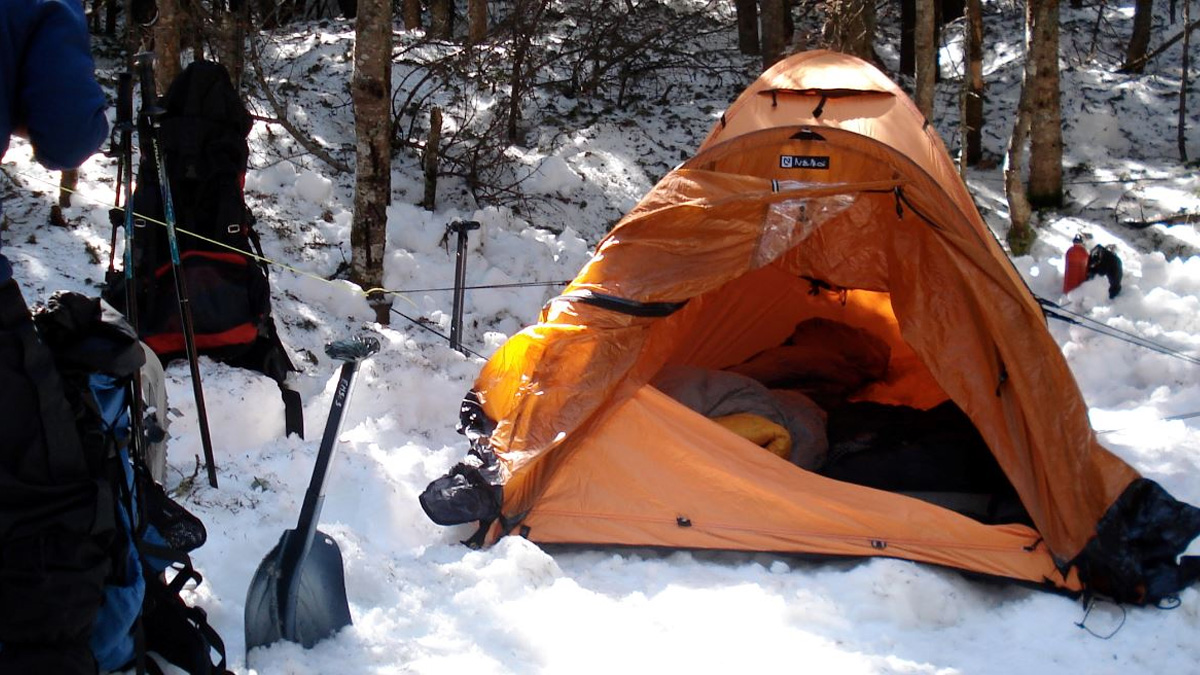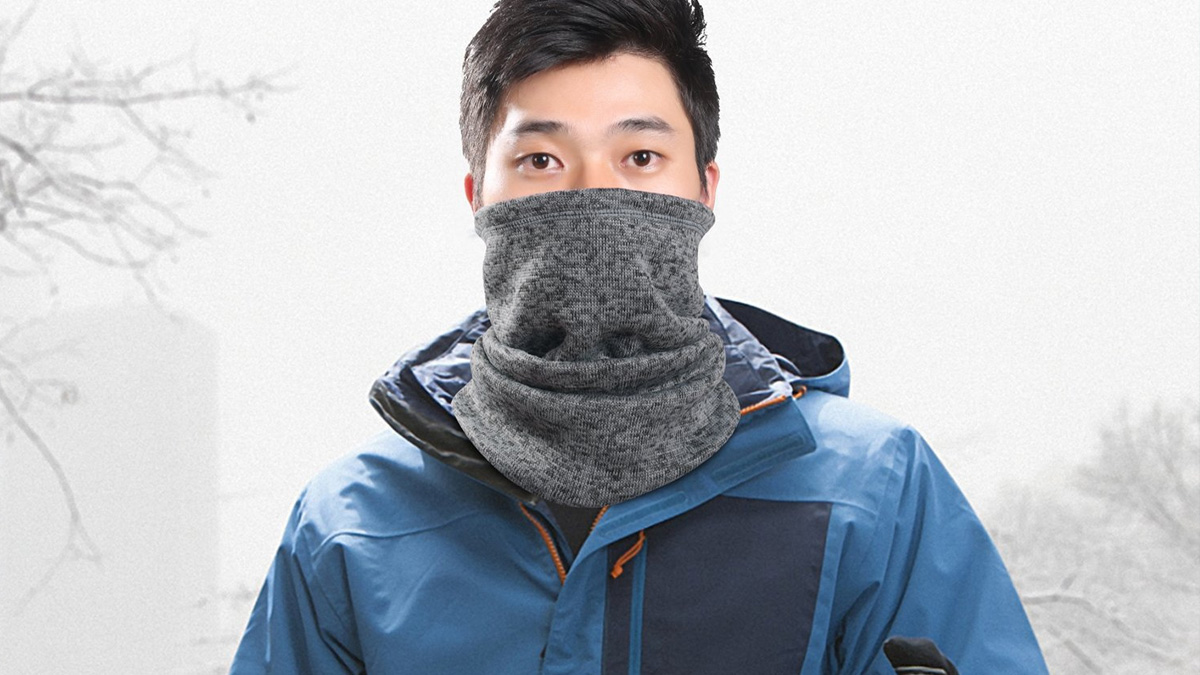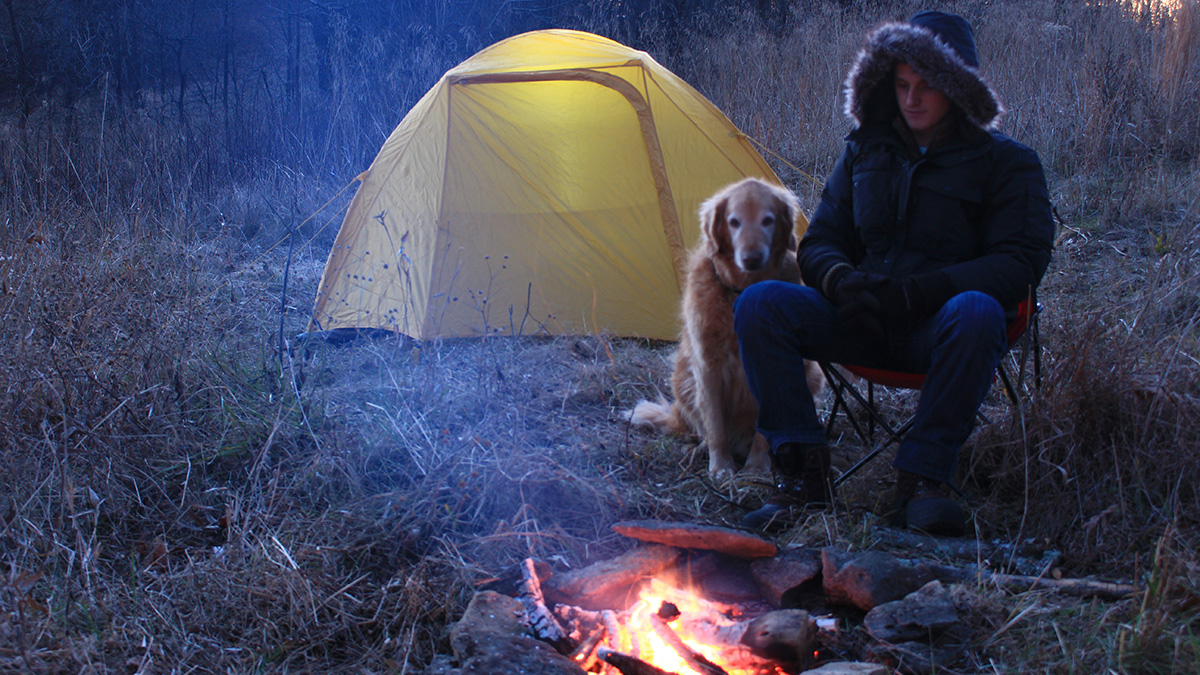on
Some people prefer to hibernate in front of the fire all winter long, but for those that are striving to be prepared for all sorts of emergencies or for those that just like getting outside regardless of the weather here are some handy “hacks” to make your time out of doors more comfortable.
1. Wrap fuel bottles with duct tape to prevent frostbite
In cold weather, the temperature of white gas, or liquid fuel as it is also known, can dip below freezing but still remain in liquid form. If it touches your skin, it will evaporate immediately, causing frostnip or more severe frostbite. In fact, simply touching an uninsulated fuel bottle with the bare skin of your hand in sub-zero temperatures can cause a cold injury. You can prevent this by wrapping the bottle with duct tape to insulate it.
2. Flip your water bottle upside down.
Water at the top of a bottle freezes first (due to the fact that ice is less dense than liquid water) effectively shutting off your access to the water below. If you flip your bottle, the ice will then form at the top of the upside down bottle, meaning that when you go to drink it, and flip it right side up, you are still able to access the liquid, drinkable part of your water.
3. Keep snacks in a warm pocket
There’s not much liquid in most snack bars, but what little there is will freeze and become tooth-shatteringly hard to eat. Figure out your snacks before hand and keep anything that you plan on eating on the trail that day in a jacket/pant pocket. Your body heat will do the rest.
4. Bring an insulated sit pad

Cutting a piece off of an old insulated foam pad to use as a seat in the winter will save you from a wet, cold bottom when you stop for a pack break halfway up the mountain, not to mention keeping you warm as you eat around camp in the evening. It can also double as extra insulation under your mat, pillow, or even as a sleeve to keep dehydrated meals warm as they cook inside of their bag. Just don’t bring plain foam that will act like a sponge – trust me you will not enjoy that sensation at all!
5. Warm up before crawling into your sleeping bag
Right before you get into your bag, its good to have your blood flowing. This will help in creating heat for your bag to trap, which will make you warmer more quickly once inside. So go for a short walk or do some jumping jacks before turning in. Don’t get sweaty, of course, but get the heart pumping and the heater going.
6. Wear exam gloves as glove liners
If your hands sweat when you hike and you have to carry extra gloves or mittens, you can cut down on the number of gloves you need to pack by wearing nitrile or latex gloves as glove liners. They prevent hand sweat from being absorbed by your gloves and will keep your hands warmer too. It’s the same principle as wearing oven roasting bags over your feet to keep your socks dry.
7. Use lithium batteries instead of alkaline batteries in winter

Alkaline batteries perform very poorly below freezing and in cold weather because they are made with a water-based electrolyte solution. Lithium batteries on the other hand are much more powerful than alkaline batteries and function very well in cold weather, making them ideal for headlamps and other must-have electronics.
8. Use sun shield reflector for DIY boot insoles
Take some of the reflective material found on sun visors for windshields, trace some insoles and place these reflective insoles into your boot for a bit of added reflected warmth. This material is commonly called Reflectix. This hack is particularly good if you will be spending some time sitting in a deer stand or bird blind.
9. Insulate your water bottles with wool socks
There’s no need to buy expensive neoprene bottle parkas to insulate the bottles of hot water you store inside your backpack. Wrap them up on a heavy wool sock and they’ll stay warm for most of the day, nestled together with your extra insulation and gear. You could also use some of the left over reflector from making boot insoles and some duct tape to make an insulated cozy for your water bottles too.
10. Warm up with gaiters

Neck gaiters are one of the most underrated winter hiking insulation layers. If you’re feeling chilled, put one on around your neck. Major veins and arteries pass through this area and covering them up will make you quickly feel warmer. You can use a thin neck gaiter or a polar fleece one for even more warmth. Thin ones can be pulled up over your nose and used like a scarf to keep freezing air out of your lungs or the wind off your face. Neck gaiters are also an excellent way to increase your comfort inside a sleeping bag or a backpacking quilt because they prevent drafts from leaking in around your neck and upper chest.
Leg gaiters seal off the top of your boots to prevent snow from getting caked around the top and melting on your socks as you walk. This helps your feet stay warm and dry while hiking in the winter. They weigh just a few ounces and don’t limit your dexterity like rain or snow pants can do. And they also work well for keeping mud, burrs, and bugs out of your socks and boots too.
Get access to premium content and more!





